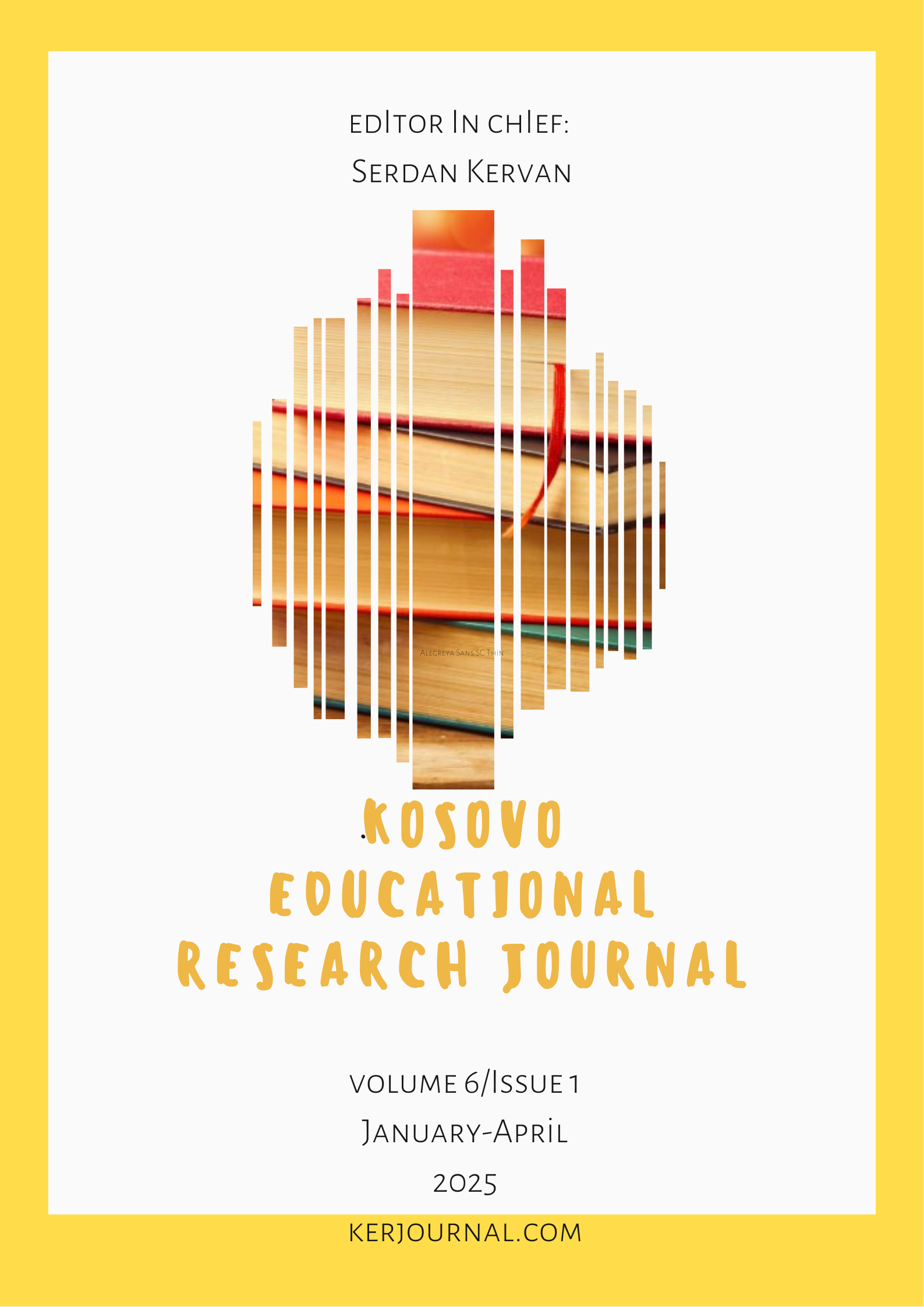The Relationship Between Students’ Use of Generative Artificial Intelligence Tools and Their Academic Success
Author :
Abstract
Many productive artificial intelligence tools have been released in recent years, and new tools continue to be developed. These tools have accelerated and facilitated people's access to information. At the same time, people can quickly create jobs at the level they want, according to their commands. Employees in almost all sectors have started to benefit from these tools. According to the research in the literature, students are the audience that adapts the fastest to technological changes. Considering this situation, university students can use productive artificial intelligence tools for various purposes, such as doing homework, preparing presentations, and as a resource while studying.
The main purpose of this research is to determine whether there is a significant relationship between the frequency and habit of using these tools and the academic success of students using productive artificial intelligence tools.
This research was conducted in the academic year 2024-2025 among the active students of Yalova University, Faculties of Engineering, Fine Arts and Yalova Vocational School. The data were collected using the uncontrolled quota sampling method, missing/conflicting data were eliminated and as a result 178 survey data were analysed. This study is a "basic" type according to Karasar's classification of research types and levels and is a quantitative research that includes the level of relational description (determination of details).
The study found that female students used generative AI tools to support academic processes more than male students, and that female students used 'visual creation or editing' tools such as Canva and Capcut more than male students. It was found that as students got older, they used 'analysis processes, voice/audio production, textual' AI tools significantly more. It was found that students with a GPA between 3.50-4.0 used generative AI tools of the type 'Visual Creation/Creation' significantly more than all groups with lower GPAs. It was found that students with a GPA between 2-2.49 used Generative Artificial Intelligence tools of the type "Translation" significantly more than other groups. It was found that students with a GPA between 2-3.49 used generative AI tools more often than students with a GPA of 3.5 and above. It was found that students with a GPA between 2-2.99 found generative AI tools easier to use than students with a GPA of 3.5 and above. Students with a GPA of less than 2 were found to use generative AI tools significantly more for "decision making" than students with a GPA of 2-2.99.
Keywords
Abstract
Many productive artificial intelligence tools have been released in recent years, and new tools continue to be developed. These tools have accelerated and facilitated people's access to information. At the same time, people can quickly create jobs at the level they want, according to their commands. Employees in almost all sectors have started to benefit from these tools. According to the research in the literature, students are the audience that adapts the fastest to technological changes. Considering this situation, university students can use productive artificial intelligence tools for various purposes, such as doing homework, preparing presentations, and as a resource while studying.
The main purpose of this research is to determine whether there is a significant relationship between the frequency and habit of using these tools and the academic success of students using productive artificial intelligence tools.
This research was conducted in the academic year 2024-2025 among the active students of Yalova University, Faculties of Engineering, Fine Arts and Yalova Vocational School. The data were collected using the uncontrolled quota sampling method, missing/conflicting data were eliminated and as a result 178 survey data were analysed. This study is a "basic" type according to Karasar's classification of research types and levels and is a quantitative research that includes the level of relational description (determination of details).
The study found that female students used generative AI tools to support academic processes more than male students, and that female students used 'visual creation or editing' tools such as Canva and Capcut more than male students. It was found that as students got older, they used 'analysis processes, voice/audio production, textual' AI tools significantly more. It was found that students with a GPA between 3.50-4.0 used generative AI tools of the type 'Visual Creation/Creation' significantly more than all groups with lower GPAs. It was found that students with a GPA between 2-2.49 used Generative Artificial Intelligence tools of the type "Translation" significantly more than other groups. It was found that students with a GPA between 2-3.49 used generative AI tools more often than students with a GPA of 3.5 and above. It was found that students with a GPA between 2-2.99 found generative AI tools easier to use than students with a GPA of 3.5 and above. Students with a GPA of less than 2 were found to use generative AI tools significantly more for "decision making" than students with a GPA of 2-2.99.





